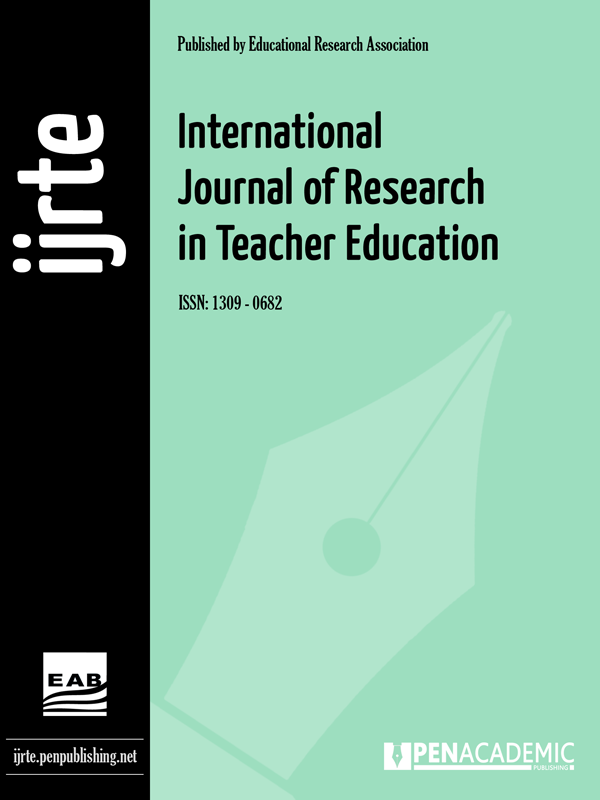- Abiy, Yigzaw (2015) Stdents' perception and practice of writing through peer led learning(PLL) at Bahr Dar university. STAR Journal of Wellega University, Ethiopia, 4(1) 197-202. [Google Scholar]
- Albulushi, A., & Hussain, S. (2008). Transformational leadership takes Majan to the top of the class. Human Resource Management International Digest, 16, 2, 31-33. [Google Scholar]
- Al-Z'bi, Hasan, Ali (2011).Investigating the relationship between corporate culture and organizational change: An empirical investigation. Journal of Emerging Trends in Economics and Management Sciences (JETEMS) 2(2):111-116 (ISSN:2141-7024) [Google Scholar]
- Austin, Michael and Claassen, Jennette (2008) Impact of organizational change on [Google Scholar]
- organizational culture: Implications for introducing evidence based practice. Journal of Evidence based Social work, Vol.5 N. 1/2 p.321-359 DOI: 10.1300/J394v05n01-12 [Google Scholar]
- Burtonshaw-Gunn, S.A. and Salameh,M.G.(2007a) Change management and organizational performance. ICAFI University press. [Google Scholar]
- Cameron, K. S. and Quinn, R. E. Diagnosing and changing organizational culture,1999 (Addison-Wesley Longman, Reading, Massachusetts). [Google Scholar]
- Falch, Torberg and Mang, Constantin (2015) Innovations in higher education for better skill and higher employability. European Expert Network on Economics of Education(EENEE), Analytical report No. 23 prepared for European Commission. [Google Scholar]
- Goffee, R., Jones, G. (1998).The Character of a Corporation: How Your Company's Culture Can Make or Break Your Business. Harper Business, London. [Google Scholar]
- Hand, L., Knowles, V., Pybus, L., Scivier, J. & Simpson, S. (2000). What are we learning? About ‘Developing Learning’ modules? Nottingham Business School Teaching & Learning Conference, Nottingham Trent University [Google Scholar]
- House, R. J. (1999).Transformational Leadership: A response to Critiques. San Diego, CA: Academic Press. [Google Scholar]
- Kavanagh, Marie H; Ashkanasy, Neal M. (2006 ) The Impact of leadership and change management strategy on organizational culture and individual acceptance of change during murger. British Journal of Management 17(SI) SI81-SI103, DOI 10.1111/j. 1467-8551.2006.0080.x [Google Scholar]
- Johnson , David ; Johnson , Roger & Smith, Karl(2006) Active Learning: Cooperation in the College Classroom [Google Scholar]
- Johnson , David & Johnson , Roger (2010) The impact of cooperative, competitive, and individualistic learning environments on academic achievement. International handbook of student achievement. [Google Scholar]
- Johnson , David ; Johnson , Roger & Smith, Karl(2013) Cooperative learning: Improving university instruction by basing practice by validating theory. Journal on Excellence in University Teaching. [Google Scholar]
- Kazar, Andrinna; and Eckel, Peter D.(2002) The impact of institutional culture on change strategies in higher education. The Journal Higher Education,Vol.73,No. 4. by the Ohio state university. [Google Scholar]
- Leithwood, K. (1999). Transformational Leadership Effects: School Effectiveness and School Improvement. New York: Kluwer. [Google Scholar]
- Martensson, Katarina & Roxa, Torgny (2015)Leadership at local level-Enhancing educational development. Educational Management, Administration and Leadership Vol.44(2), 247-262 DOI:10.1177/1741143214549977 Emal Sage Pub. comp. [Google Scholar]
- Ministry of Education.(MoE). (2004). Report on the proceedings and results of the ESDP 6th annual review meeting, Addis Ababa, Ethiopia. [Google Scholar]
- Masood, S. A. Dani, S.S Burns, ND and Backhous, CJ (2006 )Transformational leadership and organizational culture: the situational strength perspective. Journal of Engineering and Manufacturing,Vol.220. [Google Scholar]
- Laal, M., & Laal, M. (2012). Collaborative learning: What is it? Procedia–Social and Behavioral Sciences, 31, 491-495. doi:10.1016/j.sbspro.2011.12.092 [Google Scholar] [Crossref]
- Lo, May-Chiun ; de Run, Ernest; Cyril, Ramayah, T.(2010 ) Does transformational leadership style foster commitment to change? The case of higher education in Malaysia, Procedia Social and Behavioral Sciences 2, 5384–5388, doi:10.1016/j.sbspro.2010.03.877 [Google Scholar] [Crossref]
- Schein, E. (2004). Organizational culture and leadership (3rd ed.). San Francisco: Jossey-Bass. [Google Scholar]
- Siciliano, J. I. (2001). How to incorporate cooperative learning principles in the classroom: It’s more than just putting students in teams. Journal of Management Education, 25, 8-20. doi:10.1177/105256290102500103 [Google Scholar] [Crossref]
- Tichy , N. (1985). The Transformational Leader: Building a Vital Force in Organizations. Thousand Okas, CA: Sage. [Google Scholar]
- Tsai, Yafang (2011) Relationship between Organizational Culture, Leadership Behavior and Job Satisfaction. Bio-Medical center cervices research, Vol.11. [Google Scholar]
- Tseng, Shu-Mei (2010). The correlation between organizational culture and knowledge conversion on corporate performance. Journal of Knowledge Management, 14 (2), 269-284 [Google Scholar]
- Walumbwa, F. O. and Lawler, J. J. (2003). Building effective organizations: transformational leadership, collectivist orientation, work-related attitudes, and withdrawal behaviors in three emerging economies. International Journal of Human Resource Management, 14, 1083- 1101. [Google Scholar]
- Walumbwa, F. O., Lawler, J. J., Avolio, B. J., Wang, P., & Shi, K. (2005). Transformational leadership effects on work-related attitudes: The moderating effects of collective efficacy and self-efficacy across cultures. Journal of Leadership and Organizational Studies, 11,3-16. [Google Scholar]
|


